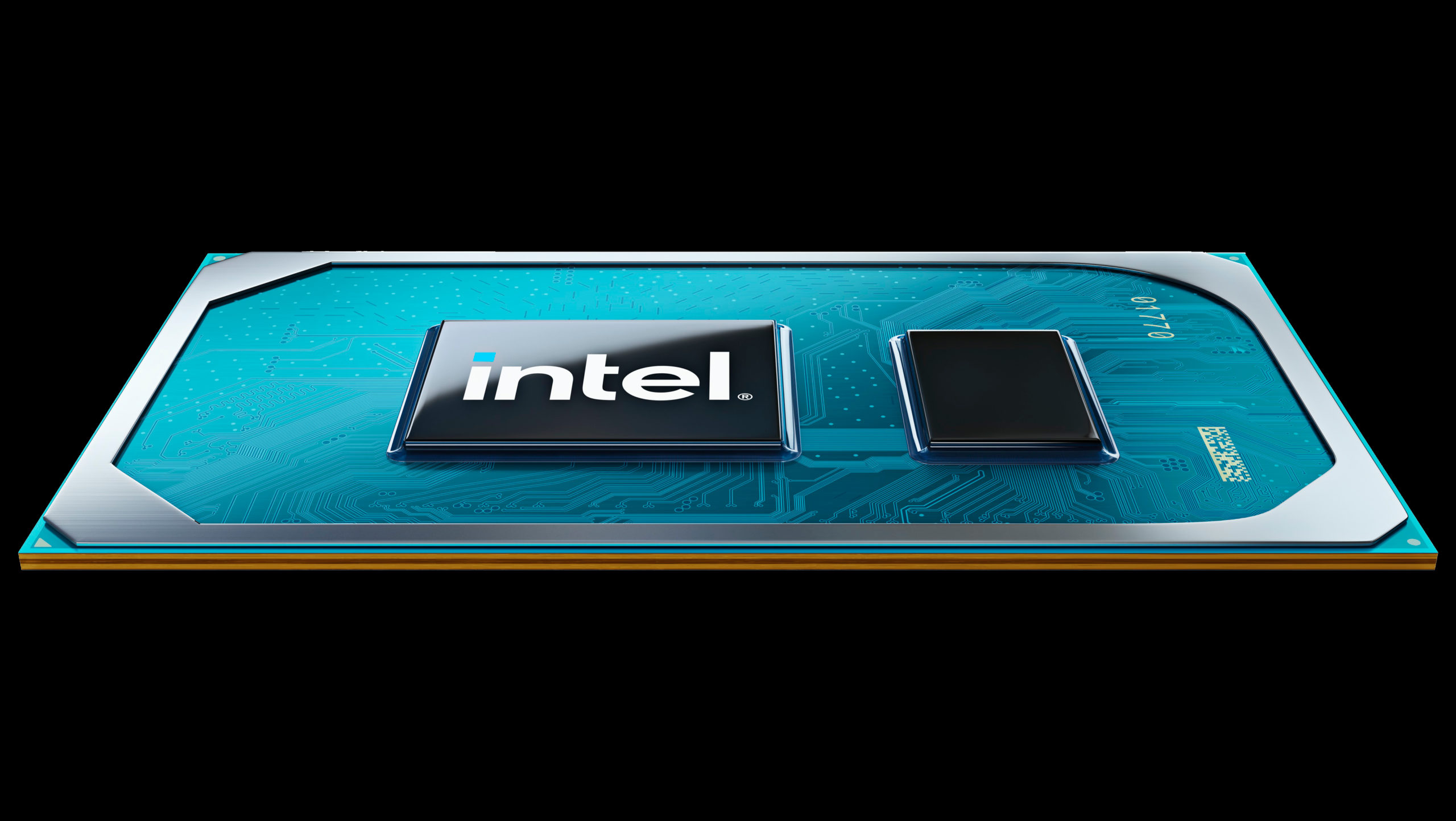Update 28/05/2021 3:13 pm PT: Intel has provided us with the following statement that sheds more light on the latest Tiger Lake desktop processors:
“Intel has partnered with customers interested in expanding their product portfolio with enthusiast, small form-factor desktop designs. The Intel Core i9-11900KB processor is a BGA solution built with unique specifications and performance specifically for these designs.”
Update 28/05/2021 11:13 am PT: Intel has updated the product pages for the Tiger Lake B-series processors to confirm that they are indeed desktop processors. We’ve amended the article to reflect the change.
Original Article:
If you think Intel was done with Tiger Lake, then you have another thing coming. The chipmaker has unceremoniously posted four new Tiger Lake chips (via momomo_us) in its ARK database. Apparently, the processors are already launched.
The quartet of new processors are listed under the Tiger Lake family, with the 11th Generation moniker. However, they carry the “B” suffix, which is a designation that Intel hasn’t used until now. We’re unsure of what the letter stands for. The product pages for the Core i9-11900KB, Core i5-11500B, Core i7-11700B and Core i3-11100B have the aforementioned processors as desktop chips. Nevertheless, the “B” is rumored to BGA (Ball Grid Array), which makes sense since Intel doesn’t specify a type of socket for the B-series parts. There’s a possibility that these processors are soldered to the motherboard via the BGA package.
The core configurations for the listed Tiger Lake processors stick to Intel’s guidelines. The Core i9 and Core i7 are equipped with eight cores and 16 threads, but with clock speeds as the main differentiating factor. The Core i5 and Core i3 SKUs arrive with six-core, 12-thread and four-core, eight-thread setups, respectively. It would appear that the Tiger Lake B-series processors benefit from Thermal Velocity Boost (TVB), though.
Intel Tiger Lake B-Series Specifications
| Processor | Cores / Threads | Base / Boost / TVB Clocks (GHz) | L3 Cache (MB) | TDP (W) | Graphics | Graphics Base / Boost Clocks (MHz) | RCP |
|---|---|---|---|---|---|---|---|
| Core i9-11900KB | 8 / 16 | 3.3 / 4.9 / 5.3 | 24 | 65 | Intel UHD Graphics | 350 / 1,450 | $417 |
| Core i7-11700B | 8 / 16 | 3.2 / 4.8 / 5.3 | 24 | 65 | Intel UHD Graphics | 350 / 1,450 | ? |
| Core i5-11500B | 6 / 12 | 3.3 / 4.6 / 5.3 | 12 | 65 | Intel UHD Graphics | 350 / 1,450 | ? |
| Core i3-11100B | 4 / 8 | 3.6 / 4.4 / 5.3 | 12 | 65 | Intel UHD Graphics | 350 / 1,400 | ? |
Since the B-series all enjoy a 65W TDP, it’s common sense that they are faster than Intel’s recently announced Tiger Lake-H 45W processors. The 20W margin allows the B-series access to TVB after all, which can be a difference maker in certain workloads. According to the Intel’s specification sheets, only the Core i9-11900KB and Core i7-11700B can be configured down to 55W. The Core i5-11500B and Core i3-11100B have a fixed 65W TDP.
The Core i9-11900KB is the only chip out of the lot that comes with an unlocked multiplier. The octa-core processor appears to feature a 3.3 GHz base clock, 4.9 GHz boost clock and 5.3 GHz TVB boost clock. Despite the Core i9-11900KB and the Core i9-11980HK having the same maximum 65W TDP, the first leverages TVB to boost to 5.3 GHz, 300 MHz higher than the latter.
Image 1 of 4
Image 2 of 4
Image 3 of 4
Image 4 of 4
Comparing from tier to tier, we’re noticing higher base clocks on the B-series SKUs. The difference is between 400 MHz to 700 MHz, depending on which models you’re looking at. Obviously, TVB gives the B-series higher boost clocks on paper. If we don’t take TVB into consideration, the improvement is very little. For example, the Core i7-11700B has a 4.8 GHz boost clock speed, only 200 MHz higher than the Core i7-11800H. The Core i5-11500B is rated for 4.6 GHz boost clock, 100 MHz faster than a Core i5-11400H.
It seems that Intel only made improvements to the processing aspect of the B-series. The iGPU and Tiger Lake’s other features look untouched. Like Tiger Lake-H, the B-series also comes with native support for DDR4-3200 memory and a maximum capacity of 128GB. However, the B-series seems to offer less memory bandwidth. For comparison, Tiger Lake-H delivers up to 51.2 GBps of maximum memory bandwidth, while the B-series tops out at 45.8 GBps.
It’s unknown what Intel’s intentions are for the Tiger Lake B-series lineup. Given the 65W TDP, it’s reasonable to think that Intel launched the new processors to compete with AMD’s Ryzen 5000G (codename Cezanne) desktop APUs that will eventually make their way to the DIY market.
